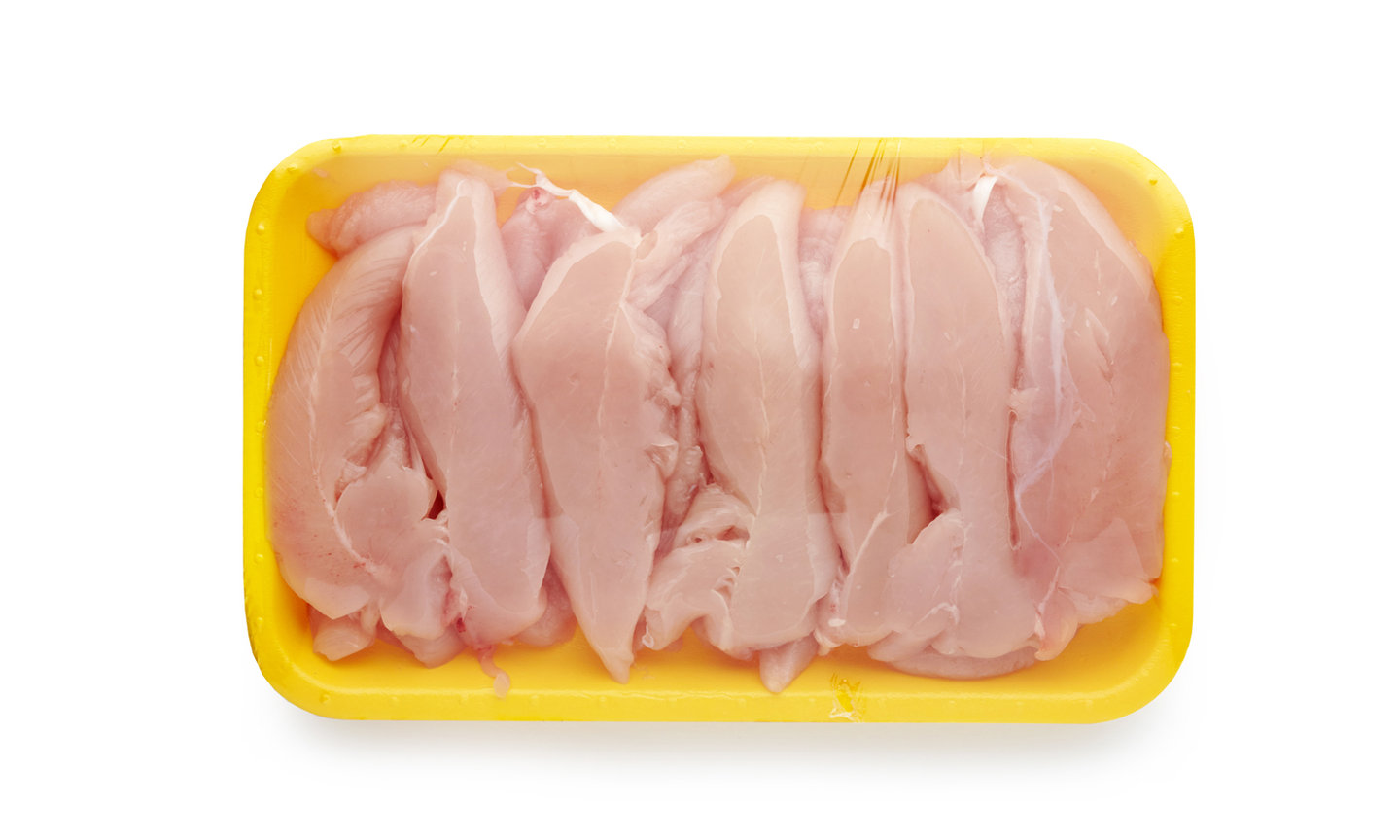Industry outlook
Innovative Packaging: The Poultry Aisle
Worldwide poultry production sits at a colossal 111,000 thousand tonnes a year and it’s predicted to increase by 24% over the next decade. There’s no doubt that poultry is a staple, but how is this traditional industry shifting to fulfil modern day food demands? Miguel Campos, export sales manager at food packaging manufacturer Advanta, finds out more
There is a demand to use innovative packaging to fulfil the convenience and shelf-life demands of today’s poultry industry. Convenience is a key driver in changing what is on the supermarket shelves. This is reflected by the increase of pre-marinated, ready-to-cook chicken products, which consumers can put straight in the oven without mess or fuss. This reliance on convenient food products is not limited to the Western world; but is a trend that’s rising across North America, Europe and Asia.
Globally, ready-meals and convenience foods are continually on the rise, especially in rapidly urbanising economies such as South Asia, with increased adoption of packaged food products into new consumer markets. In 2017, Western Europe saw the packaged food market grow by 1.5%, compared with a rise of 1.15% in the United States.
There’s no denying the growing demand for packaged food, but what does this mean for the poultry distributors, wholesalers or meal developers? Put simply, poultry packaging requires a rethink.
A consumer shift: the role of packaging
Despite a reduction of red meat consumption worldwide, the consumption of chicken is continuing to grow. However, the industry is experiencing a shift in the types of products consumers are demanding. Today’s consumers are replacing traditional product with newer concepts — think marinated wings, ready-to-cook thighs and chickens infused with new and exciting herbs and spices.
With that being said, what does a change in consumer taste mean for those responsible for poultry packaging? Businesses need to respond and react to these changing demands.
Regardless of the quality or desirability of a product, packaging can have a significant impact on whether the customer will make the purchase. This is particularly relevant for poultry. Generally speaking, today’s consumers don't want to touch the chicken before it is cooked. Again, it’s about convenience.
By pre-marinated poultry products in an oven-proof tray, the consumer experiences the least fuss as they move their meal from fridge, to oven, to table. The rhythms of working daily life mean that many people aren't interested in the preparation of meals anymore.

Fuss-free: versatile formats for cooking
For consumers, trays that allows meals to be cooked directly in their packaging means that cooking is a fuss-free affair, but this method also has advantages for retailers. For retailers; robust foil trays allow sleeves and cartons to be lightweight, reducing in total pack costs and transport costs. Additionally, trays suitable for use with hermetic seal machines and gas flushing techniques allows for shelf-life extension of poultry products if required.
Gas flushing techniques, also known as modified atmosphere packaging (MAP), is a carefully controlled blend of different gases used in air tight packaging to increase the shelf life of food. Typically, this is used with plastic trays or smoothwall foil trays.
For the consumers, they see versatility from a different angle. Products that can be frozen, cooked on a direct flame and put on the table, all in the same container, are ideal.
For consumers, trays that allows meals to be cooked directly in their packaging means that cooking is a fuss-free affair, but this method also has advantages for retailers
The future of poultry packaging will marry consumer convenience and shelf-life extension for retailers. While they are not available on supermarket shelves at present, we are set to see the introduction of skin packed poultry in chicken shaped foil trays.
The consumer simply peels of the plastic skin surrounding the poultry, revealing the whole chicken in a foil tray, and placing it in the oven. This combination brings the extended life from the skin pack plastic, and the convenience of the foil tray, ready to be put in the oven and onto the table.
Consumer demand for convenience and retailer’s requirements for longer shelf-life is refocusing the priorities in poultry food packaging. As consumption of poultry products continues to grow, packaging manufacturers must ensure their packaging is fit for purpose in this sector.
Whether you're in Asia, North America, or Europe, consumer preferences will continue to drive changes in packaging, across all poultry divisions. Packaging may take on new forms over the next decade, as long as consumer demands are embraced.